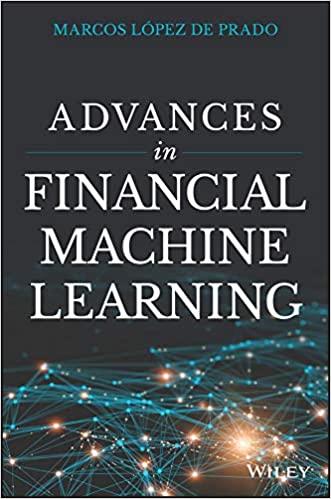Question
Find the intrinsic value of a share of stock XYZ using the two-stage dividend discount model. The data for the valuation model has been obtained
Find the intrinsic value of a share of stock XYZ using the two-stage dividend discount model. The data for the valuation model has been obtained from the Value Line Research Center. Because the report contains data from the end of 2014, we will use the end of 2014 (after the 2014 dividend has been paid) as t = 0.
a) (5 pts) The XYZ's beta from Value Line is 1.35. Assume that the risk-less rate of interest is 4% and the expected stock market return is 9%. Using the CAPM, what is XYZ's required rate of return? b) (5 pts) XYZ's 2014 dividend as the t = 0 value is 0.32 and Value Line's forecast for XYZ's 5-year earnings growth is 17% for next 5 years, what will XYZ's dividend per share be at the end of 2019? (Assuming XYZ's plowback ratio remains constant and thus XYZ's dividend grows at the same rate as earnings). c) (5 pts) Suppose that XYZ changes its payout policy in 2019 to pay 80% of its earnings as dividends. Using XYZ's 2014 earnings (2.03 per share) and the Value Line's 5-year growth forecast, what would XYZ's dividends per share be at the end of 2019? (Hint: what would be the earnings at 2019?) d) (5 pts) After t = 5 (i.e., 2019), suppose XYZ's growth rate slows down to the commonly assumed long-run economic growth rate of 5%. Use the DDM and the required rate of return obtained in part a) to compute the expected intrinsic value of XYZ at the end of 2019. (Hint: what is the dividend at 2019? Use your answer in partc)) e) (5 pts) Under the payout assumption in (c) and Value Line's projected ROE=17% for XYZ in 2019, what plowback ratio for XYZ would maximize its intrinsic value? (Hint: compare ROE and investors' required rate of return) f) Using the assumptions and results in (a), (b), (c) and (d), compute the intrinsic value of XYZ today (at t = 0). Assume XYZ's payout policy is unchanged until t = 5. (Hint: use two-stage DDM. The dividend level grows till 2019 following part b). The expected intrinsic value of XYZ at the end of 2019 following part c)&d)) g) If the price of XYZ at t = 0 is $41.19, how much is XYZ over- or underpriced? h) If the market becomes efficient in 2015 (at t = 1), then what 1-year holding period return (HPR) would you expect from buying XYZ at its t = 0 price? How much is XYZ's alpha over that one year? (hint: alpha is the difference between the expected HPR and the required return)
i) Decompose the expected HPR in (h) into dividend yield and capital gain yield.
For part (j), (k), and (l), suppose that one year has passed (i.e. it is 2015 now) and there is an unexpected shock, such that XYZ's 2015 dividends become $4 per share and will grow at 3% forever. The market is efficient when the unexpected shock happens:
j) (5 pts) What's the actual price at 2015 after the shock? k) (5 pts) What's the realized 1-year HPR? l) (5 pts) Combine your answers in part (h) and (k), what's the unexpected 1-year HPR?
Step by Step Solution
There are 3 Steps involved in it
Step: 1

Get Instant Access to Expert-Tailored Solutions
See step-by-step solutions with expert insights and AI powered tools for academic success
Step: 2

Step: 3

Ace Your Homework with AI
Get the answers you need in no time with our AI-driven, step-by-step assistance
Get Started


